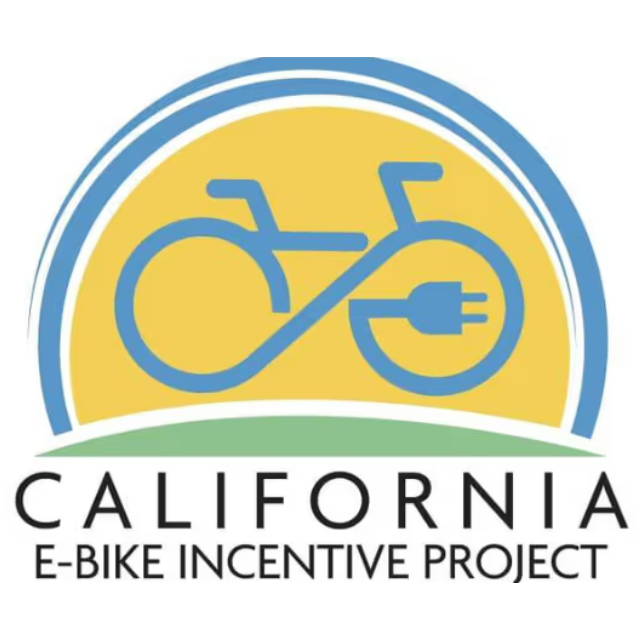Air Pollution in Paris, LA, and NYC: Bike Lanes Might Help
Written by: Rémy Rossi | April 22, 2025 | Time to read 5 min
Paris said au revoir to cars and bonjour to bike lanes in recent years, ushering in cleaner air and better breathing. Can Los Angeles and New York City replicate this transformation?

More about the Author: Remy Rossi
Rémy Rossi is a bike writer, mechanic, and educator who got his start in community-based bike shops and co-ops. With a decade in the industry, he still wrenches on bikes when he can and plays bike polo on a fixie.

Paris: a success story

And the anecdotal data seems to back up the cold-hard facts, too. Over the past several years, Paris residents and visitors report better conditions in the city with less smog and cleaner air. I guess Paris is getting its romantic mojo back— last time I checked, smog-induced coughing wasn’t part of the infamous “French kiss”. And many Parisians are supporting the changes, recently voting to convert streets to pedestrian-only and increase parking fees to further reduce car traffic in the city.

LA and NYC air pollution decreases
A recent 2024 study analyzed the past 30 years of air pollution levels in California, demonstrating gradual but steady improvements statewide. The area of Los Angeles, for example, has lower levels of both NO2 and PM 2.5, likely due to a variety of factors such as stricter vehicle emission standards, regulations, and environmental advocacy. The study was funded by the California Air Resources Board (CARB), the same organization that’s managing the California E-Bike Incentive Program.

New York City has also experienced a drop in air pollution— the most recent data collected by the New York City Community Air Survey stretches from 2009 to 2023. The data is separated by borough so you can explore and separate trends, though all boroughs are continuing on a similar trend of nearly halving air pollution levels compared to 2009. NYC’s recent congestion pricing policy takes a similar approach to Paris’ ramping up of parking fees to discourage driving inside the busiest parts of the city.
It’s unclear the exact link between bike lanes and air pollution levels, but we can speculate that taking away car arteries and installing more bike lanes and green spaces is a crucial ingredient to improve city air quality. Paris’ campaign had great success and cities like Los Angeles and New York, which are gradually bolstering their cycling infrastructure, are heading in a similar direction. We’ll just have to keep a close eye on the data and continue advocating for greener cities.

Bike lanes lower pollution exposure for cyclists
When there’s more space between riders and cars, pollution exposure goes down significantly. A Berlin study found that “that the implementation of the bike lane led to a reduction in NO2 exposure for cyclists”. A New Zealand study showed that “cyclists at 7 meters and 19 meters away from the road had substantially reduced exposure to several key traffic pollutants, compared to the on-road cyclist”. From a health perspective, cities like Los Angeles and New York City should consider these findings when designing bike lanes to encourage better health outcomes and limit pollution exposure for the cyclists they are encouraging to ride their bikes.
But I reckon this exposure is not much different for pedestrians and drivers near the same roads. Riding a city bike or commuter e-Bike comes with a whole host of health benefits and advantages. Upway specializes in new and pre-owned electric bikes— from cargo haulers to e-MTBs— with savings of up to 60% compared to retail. Browse our hottest deals and join your city’s bike movement!

🤝 Looking for a sweet deal?
Get an even better discount when you sell your old electric bike!
Click here for a price estimation!
Key Takeaways
- Paris Sets the Gold Standard: By significantly reducing car use and investing in bike lanes and green spaces, Paris has cut PM 2.5 levels by 55% and NO2 by 50% since 2005—proving that urban redesign can drastically improve air quality.
- LA and NYC Are Catching On: While progress is slower, both Los Angeles and New York City are reducing air pollution through tighter emissions rules and expanded bike infrastructure. NYC’s congestion pricing and LA’s e-bike programs show promising movement toward greener transport.
- Bike Lane Design Matters for Health: Studies show cyclists are exposed to less pollution when bike lanes are placed farther from car traffic. To maximize health benefits, cities should prioritize protected or separated bike infrastructure.


